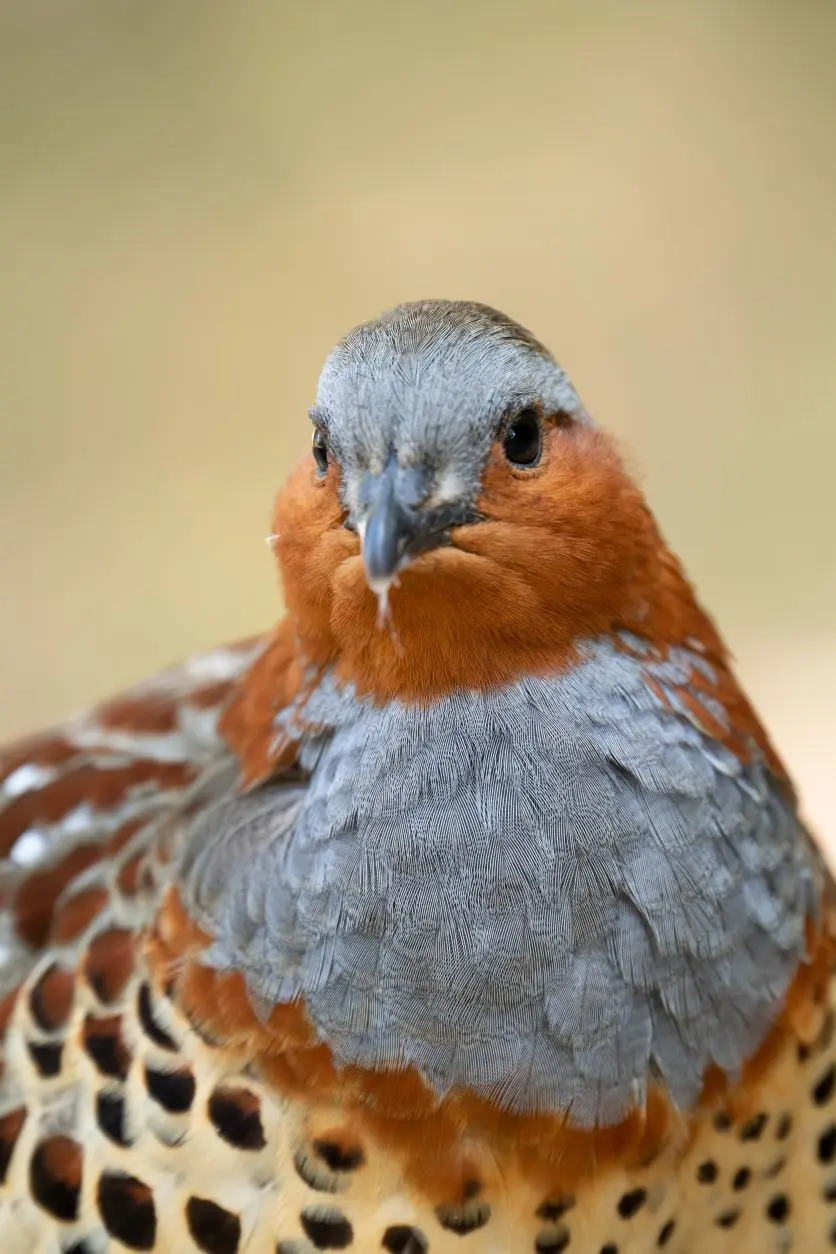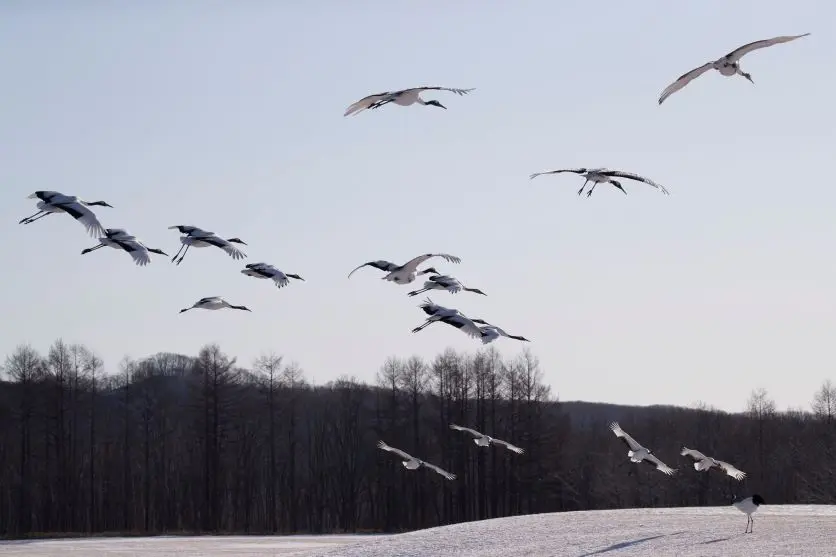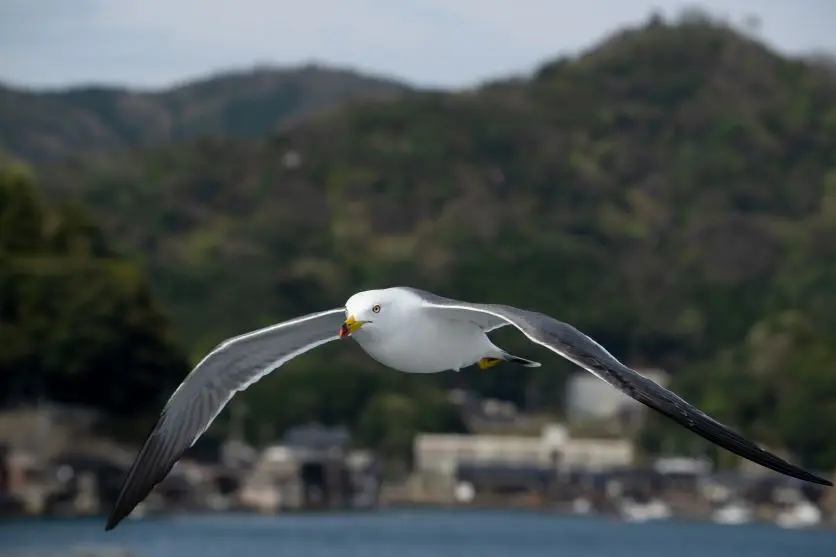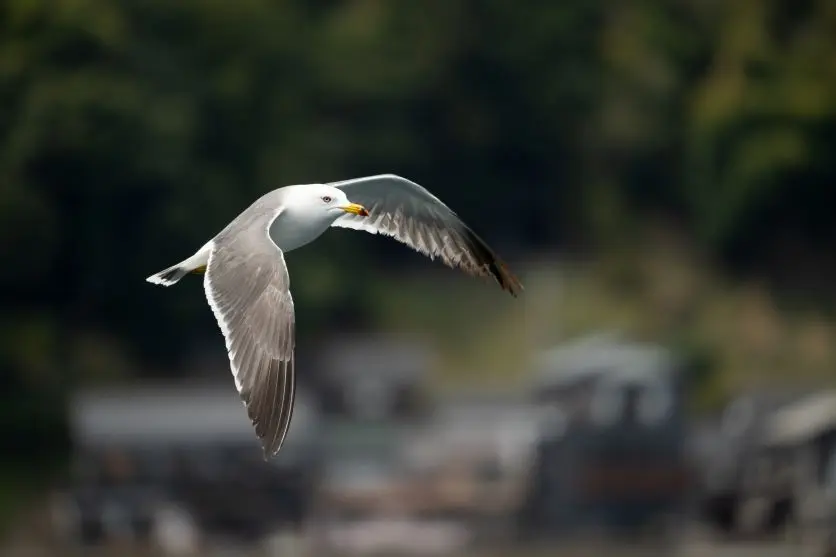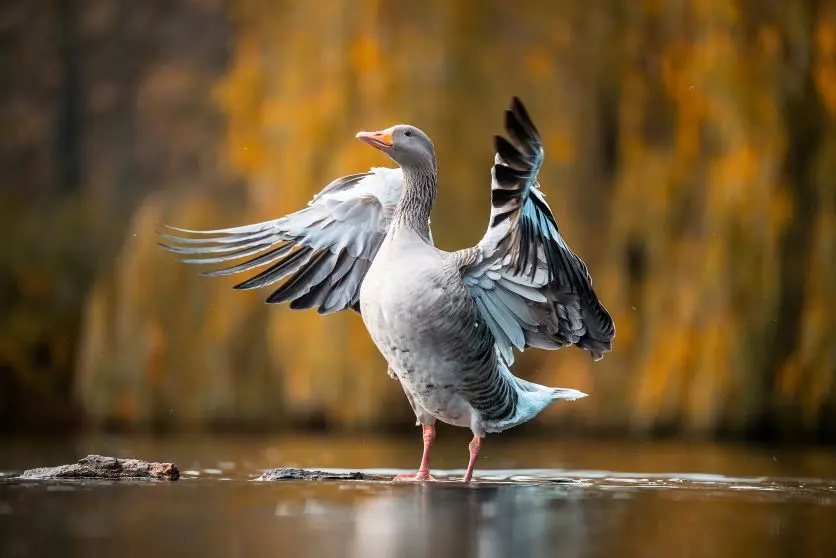November 29, 2024
Taking on the challenge of wild bird photography! Learn how to choose the right lens and how to take photos
Taking on the challenge of wild bird photography! Learn how to choose the right lens and how to take photos


Would you like to photograph beautiful wild birds? Have you ever thought like that? Bird photography offers the pleasure of capturing a moment in time while experiencing the ecology and beauty of birds in their natural habitat. On the other hand, wild birds are wary and move quickly, so photographing them requires a little ingenuity.
In this article, we will introduce the basic knowledge you need to know to start taking pictures of wild birds, from how to choose the right lens for bird photography to camera settings and how to take pictures in different scenes. It also explains photographic etiquette, which is indispensable for enjoying wild bird photography.
Lenses used in wild bird photography
Wild birds are sensitive to human presence and are difficult subjects to approach. Therefore, an ultra-telephoto lens with a focal length of 400 mm or more is desirable for capturing large images of wild birds. With an ultra-telephoto lens, you will be able to keep your distance from the birds and clearly capture their delicate expressions and the details of their feathers.
Sensor size and angle of view
In addition to lens selection, it is also important to check the relationship between the sensor size of an interchangeable-lens camera and the angle of view.
The two most common types of interchangeable-lens camera sensors are full-size and APS-C size. APS-C size cameras have a characteristic that the angle of view appears narrower than that of full-size cameras when using a lens with the same focal length.
By applying this feature, a telephoto lens for full-size cameras can be attached to an APS-C size camera to obtain an angle of view as if it were taken with an ultra-telephoto lens. From the perspective of capturing large images of the main subject, wild birds, this combination is one way to achieve this.
Medium telephoto lens
Although telephoto is the most popular choice when it comes to photographing wild birds, capturing birds with a wide angle of view is also recommended. With a medium telephoto lens, you can capture dynamic images of flocks of birds or artistic formation. Another attractive composition is to capture birds standing in the vastness of nature with plenty of blank space. Using different lenses for different situations will broaden your range of expression.
Other equipment
In addition to lenses, there is other useful equipment for photographing wild birds. Here, we will discuss tripods and binoculars.
Tripod
Since ultra-telephoto lenses tend to be large and heavy, they are prone to camera shake. Therefore, it is effective to use a tripod in order to suppress camera shake and take pictures with a stable composition. However, since the use of a tripod restricts movement, it is difficult to adapt to the movements of wild birds. The use of a tripod is best suited for waiting and shooting scenes, such as when aiming for a specific composition or action.
Binoculars
When photographing wild birds, it is important to observe their biology and behavior. Binoculars make it easier to spot small birds that cannot be captured with the naked eye. Binoculars also help you to predict the next behavior while observing the ecology and to find details you want to express. Use binoculars as a preliminary preparation before you start shooting.
Points for setting exposure
Appropriate exposure settings are required to accurately capture the movement of wild birds. Here, we will explain the key points of exposure settings in terms of shooting mode, shutter speed, F-number, and ISO sensitivity.
Shooting Modes
Shutter speed is an important factor in taking clear, blur-free photographs of fast-moving wild birds. For this reason, it is recommended to use shutter priority mode first. On the other hand, when taking close-up photos of stationary wild birds, the expression of blur is important. In such scenes, select aperture priority mode and adjust the bokeh effect.
Shutter Speed
The shutter speed setting should be changed depending on the scene you wish to capture. For example, if you want to capture birds in flight, a fast shutter speed of 1/2000 to 1/3000 second is necessary. Conversely, if you are photographing a stationary bird, a shutter speed of about 1/200 to 1/800 second will be sufficient to take a blur-free picture. Be flexible in adjusting the shutter speed according to the bird's movement.
F-number
In normal bird photography, setting the F-stop at F5.6 to F10 makes it easier to clearly capture the outlines and details of the bird. However, the brightness may be insufficient at high shutter speeds or depending on the surrounding environment. In such cases, use a smaller F-number to secure the exposure. Also, if you want to create a large background blur, set the F-number close to the maximum aperture.
ISO Sensitivity
In bird photography, where fast shutter speeds are used, ISO sensitivity is often set at around 1600 to 3200 or higher. On the other hand, if the ISO sensitivity is raised too high, noise can become noticeable, and the delicate expressions of the birds and the texture of their feathers can be lost. When shooting during sunny days, a lower ISO sensitivity will make it easier to obtain a clearer image.
Tips for focusing
In addition to exposure settings, focusing accuracy is also essential for beautiful bird photography. Here, we will introduce auto focus (AF) settings and tips for focusing.
Autofocus (AF) settings
In bird photography, Continuous AF (AF-C) allows the camera to focus while following the bird's movements. The choice of focus area is also important. When photographing birds in flight, the zone setting makes it easier to capture even fast-moving birds.
On the other hand, in an environment with many tree branches and obstacles, it is recommended to set the focus area to the spot setting. By focusing on a small area, you can prevent the camera from losing focus on obstacles in front of or behind the subject. For example, using the spot setting is a good idea when photographing small birds that peek out from between branches.
In addition, the continuous shooting function makes it easier to capture in-focus photos. Keep releasing the shutter as the bird moves, and select the best one among them.
Image the eyes in focus
To capture the expression on a wild bird's face, it is best to try to focus on the bird's head and eyes.
However, it is not easy to focus on the eyes of small birds. As a countermeasure, it is easier to measure the timing of focusing by half-pressing the shutter release button a little earlier while anticipating the bird's movement. It is also important to aim for the moment when the bird is still and release the shutter.
Depending on the camera model, pupil AF may be available, so check to see if it is available.
Compositions that are easy to utilize in wild bird photography
When photographing wild birds, choosing an appropriate composition can bring out the bird's charm more effectively. Here, we will explain the three compositions of sunset composition, three-division composition, and diagonal composition, and explore the characteristics and uses of each.
Hinomaru composition
Hinomaru composition is a composition in which the subject is placed largely in the center of the picture. It is suitable for bird portraits or when you want to emphasize the bird's expression or appearance. By adding a large blurry background, you can make the subject of the photo stand out more and create more depth in the photo.
Although sometimes avoided because of its monotonous nature, the sunset composition is an effective way to create a simple yet impressive photo.
Triple Split Composition
The three-way composition divides the image into three equal parts, horizontally and vertically, and places the subject near the intersections of the three parts. This composition allows the photographer to express the context of the ecology and environment while incorporating not only the bird but also the surrounding natural scenery. It also has the advantage of making it easier to achieve balance in the picture as a whole. It is best to place the bird on either the left or right side of the image, with the natural scenery in the blank space.
Diagonal composition
Diagonal composition is a composition in which the subject is placed on the diagonal of the picture plane. This composition is effective when shooting birds in flight. By composing the image so that the bird is flying on the diagonal, the movement of the bird is expressed dynamically, and a sense of speed and dynamism is emphasized. Leaving a blank space in the direction of the bird's flight also creates a flow in the photo.
How to photograph different scenes
Now, based on this basic knowledge, let's check out some tips on how to photograph different subjects. Here we will discuss photographing wild birds in flight, wild birds near water, and small birds.
Large wild birds
Large wild birds such as herons, cranes, and swans are recommended subjects for beginners because they are easier to photograph with a larger, full-angle view than small birds.
In addition to capturing the entire body, a close-up of the bird's expression will create an impressive work of art. In addition, creating a beautiful bokeh can enhance the bird's appeal. When photographing large wild birds, it is a good idea to be aware of the contrast between the bird and the background, and to find an angle that accentuates the bird's shape and color.
Perched wild birds
When photographing wild birds that are standing still looking for food or resting among the trees, it is important to observe their behavior carefully. Try to predict when and where they will stop by observing their immediate behavior. Also, if you get too close to the bird in an attempt to capture a large image, it will run away, so take your time and close the distance between you and the bird. If you have a good grasp of ecology, it is also recommended to wait with a tripod.
Birds in flight
By using the zone AF setting when photographing the moment of flight, it is easier for the AF to follow unexpected movements. Compose your shot while the camera is still, press the shutter release button halfway down to focus, and take a series of shots just before the camera takes off.
Similarly, if you want to capture the flying scene, it is a good idea to set the focus area to zone and take a series of shots. You can also emphasize the speed of wild birds by using a slower shutter speed and shooting in a stream.
Wild birds near water
When photographing swans, ducks, kingfishers, and other waterside birds, composing your shots with the surface of the water in the foreground will create a three-dimensional and artistic effect. By shooting from a low position, you can emphasize the bird's size and dynamics.
To capture the splash of water at the moment the bird dives into the water, set the shutter speed to about 1/3000 second and take a series of shots to minimize blurring and ensure a clear image. Also, incorporating light reflections and ripples on the water's surface, which are unique to the water's edge, will make the photo even more impressive.
Photographing small birds
Small birds such as sparrows, tits, and white-eyes are wary and small, making them difficult to photograph. Use a telephoto lens with a long focal length and shoot from a distance. Also, observe the behavior of small birds and anticipate where they are likely to perch, such as on a branch or in a feeding area, and wait for the right moment to capture the moment.
Manners for photographing wild birds
When enjoying wild bird photography, you must not forget to be considerate of the natural environment, wild birds, and ecosystems. Please observe good photographic manners so as not to disturb the people around you.
The Wild Bird Society of Japan lists the following seven rules of etiquette for photographing wild birds.
(1) Do not approach wild birds' nests.
(2) Do not chase wild birds around.
(3) Do not disclose information about rare or popular birds
(4) Be considerate of the people around you and the places you choose to photograph
(5) Do not feed or alter the environment
(6) Be kind to nature in your manners
(7) Do not use strobes
Please read the Wild Bird Society of Japan's website carefully for detailed explanations. Bird photography is done in nature, and consideration for wild birds and the environment is of the utmost importance. By observing these manners, you can enjoy photographing wild birds in a sustainable manner without disturbing their lives.
How to choose the right lens for photographing wild birds
When choosing a lens for wild bird photography, you need to consider various factors such as focal length, maximum aperture F-number, weight and compactness. Here we will explain each of these factors in detail.
Focal length
As mentioned earlier, a telephoto lens is essential for bird photography to be as unguarded as possible. Of these, an ultra-telephoto lens with a focal length of 400 mm or more is recommended. By using a lens with a long focal length, you can maintain a good distance from the bird while capturing its beautiful features in large images.
Maximum aperture
A lens with a small maximum aperture F-number makes it easier to take brighter pictures. When photographing wild birds, shutter speeds are often set to high speeds to stop the movement of the birds, and depending on the weather and time of day, the amount of light tends to be insufficient. By choosing a lens with a small F-number aperture, you can easily take brighter, clearer pictures even in such situations where exposure is difficult to obtain.
Weight and compactness
When photographing wild birds, it is not uncommon to carry a lens for long periods of time. In addition, depending on the shooting environment, it may be necessary to shoot hand-held without using a tripod. For this reason, it is recommended to select a lens that is as light and compact as possible. A lens that is easy to handle is easy to carry and allows you to quickly point the camera at the subject you are interested in.
Autofocus (AF) performance
Because wild birds move quickly, it is important to select a lens with high AF performance. In addition to being able to focus smoothly, it is also important to check the ability to follow a moving subject. In addition, operability and quietness are also important points to check.
Camera shake correction mechanism
Telephoto lenses are prone to camera shake, so a lens with an in-lens image stabilization mechanism is recommended. Especially when shooting hand-held, an in-lens image stabilization mechanism makes it easier to take clear photographs with minimal blurring.
Capture the fascination of wild birds in your photographs!
Bird photography is a fun way to observe birds in their natural habitat and capture their beautiful appearance in photographs. Prepare the appropriate lenses and equipment for photography. Also, if you know basic exposure settings, focusing, and composition tips, you can apply them to various scenes and wild birds to broaden your range of expression. Please refer to the contents of this article and try your hand at bird photography.

Lens Featured in this Impression
-
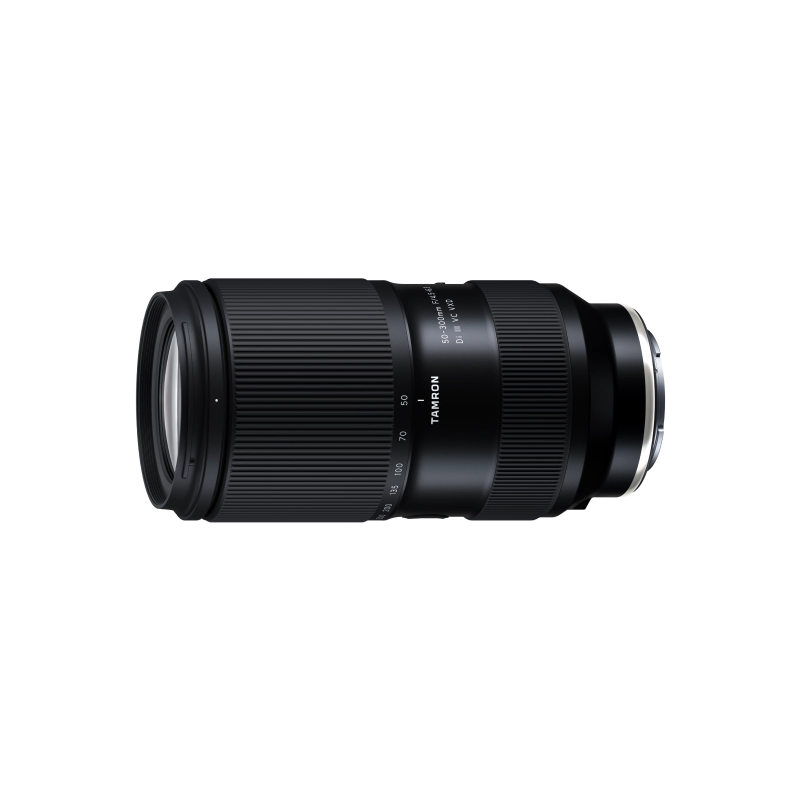
-
50-300mm F/4.5-6.3 Di III VC VXD a069(Model )
50-300mm F/4.5-6.3 Di III VC VXD (Model A069) is a 6x telephoto zoom lens for Sony E-mount that delivers outstanding convenience and image quality. Discover the groundbreaking capabilities of a 300mm telephoto zoom that starts from 50mm at the wide end.
-

-
70-300mm F/4.5-6.3 Di III RXD a047(Model )
The 70-300mm F/4.5-6.3 Di III RXD (Model A047) for full-frame mirrorless cameras is a telephoto zoom lens designed and created so photographers of all skill levels can enjoy high quality images comfortably. The 70-300mm F4.5-6.3 covers a broad telephoto zoom range yet is the small and lightest weight. With special emphasis on resolving power, TAMRON has deployed special lens elements appropriately arranged to correct chromatic aberration, generally very strong in a telephoto lens, as well as other aberrations. Users can enjoy high-resolution images combined with stunning bokeh qualities that are achievable only with a telephoto lens. The lens also incorporates the RXD, a high-speed precision AF drive system that is remarkably quiet. The 70-300mm F4.5-6.3 is a versatile lens for photographing landscapes, sports and other action, pets, wildlife, and more. The lens also demonstrates its potential for portrait shooting, casual snapshots, and scenarios that require you to be mobile and shoot handheld, like sporting events.
-

-
50-400mm F/4.5-6.3 Di III VC VXD a067(Model )
The 50-400mm F/4.5-6.3 Di III VC VXD (Model A067) is an ultra-telephoto zoom lens with an 8x zoom starting at 50mm at the wide-angle end and compatible with full-frame mirrorless cameras. The lens delivers uncompromised high image quality over the entire 50-400mm focal length range, yet is as compact and lightweight as a 100-400mm class lens. Equipped with the VXD mechanism and the VC mechanism, the lens can quickly focus on the subject's movement when shooting sports and wild birds. The 50-400mm F4.5-6.3 VC is a new ultra-telephoto zoom lens that combines unparalleled image quality and mobility.
-
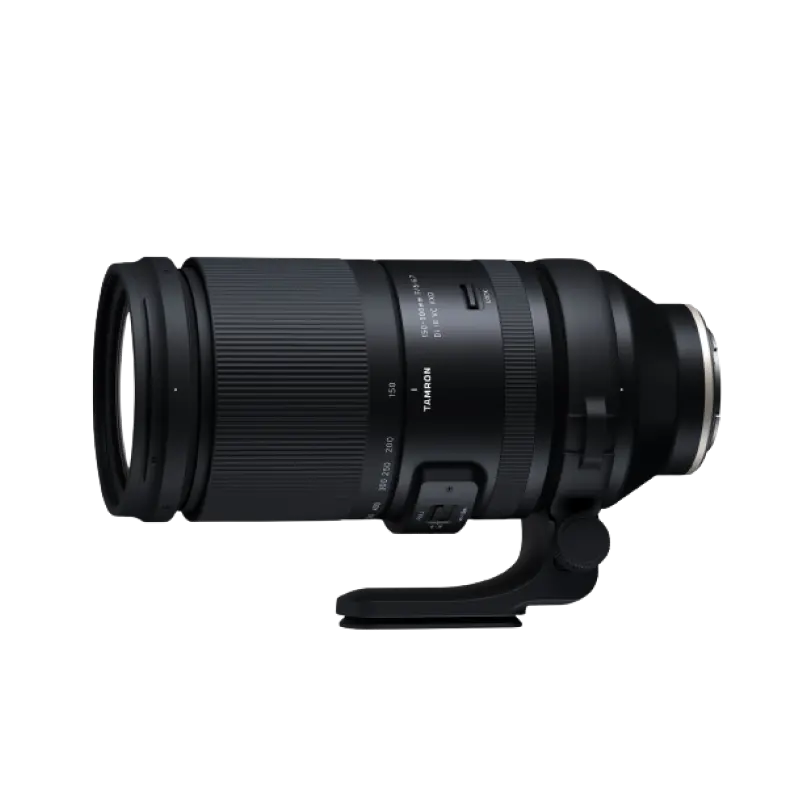
-
150-500mm F/5-6.7 Di III VC VXD a057(Model )
The 150-500mm F/5-6.7 Di III VC VXD (Model A057) is compact enough to be handheld while maintaining a focal length of 500mm on the telephoto end. It allows users to easily enjoy the world of the 500mm ultra-telephoto lens while maintaining its high image quality. The high-speed, high-precision AF with excellent tracking performance and the VC mechanism support handheld shooting in the ultra-telephoto range.
-

-
SP 150-600mm F/5-6.3 Di VC USD G2 a022(Model )
The SP 150-600mm F/5-6.3 Di VC USD G2 (Model A022) ultra-telephoto lens with upgraded optical performance enables handheld shooting with remarkable definition. This new lens builds upon the success of the current SP 150-600mm F/5-6.3 Di VC USD (Model A011), including better overall optical performance and faster AF speed, VC enhancements, plus Fluorine Coating, FLEX ZOOM LOCK and compatibility with optional 1.4x and 2x tele converters.


